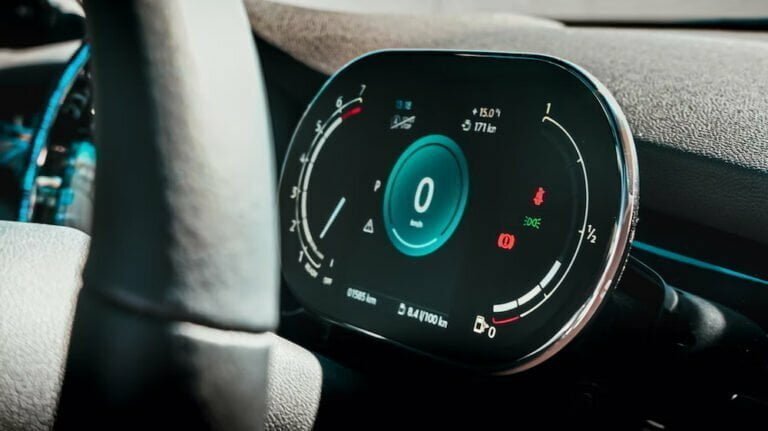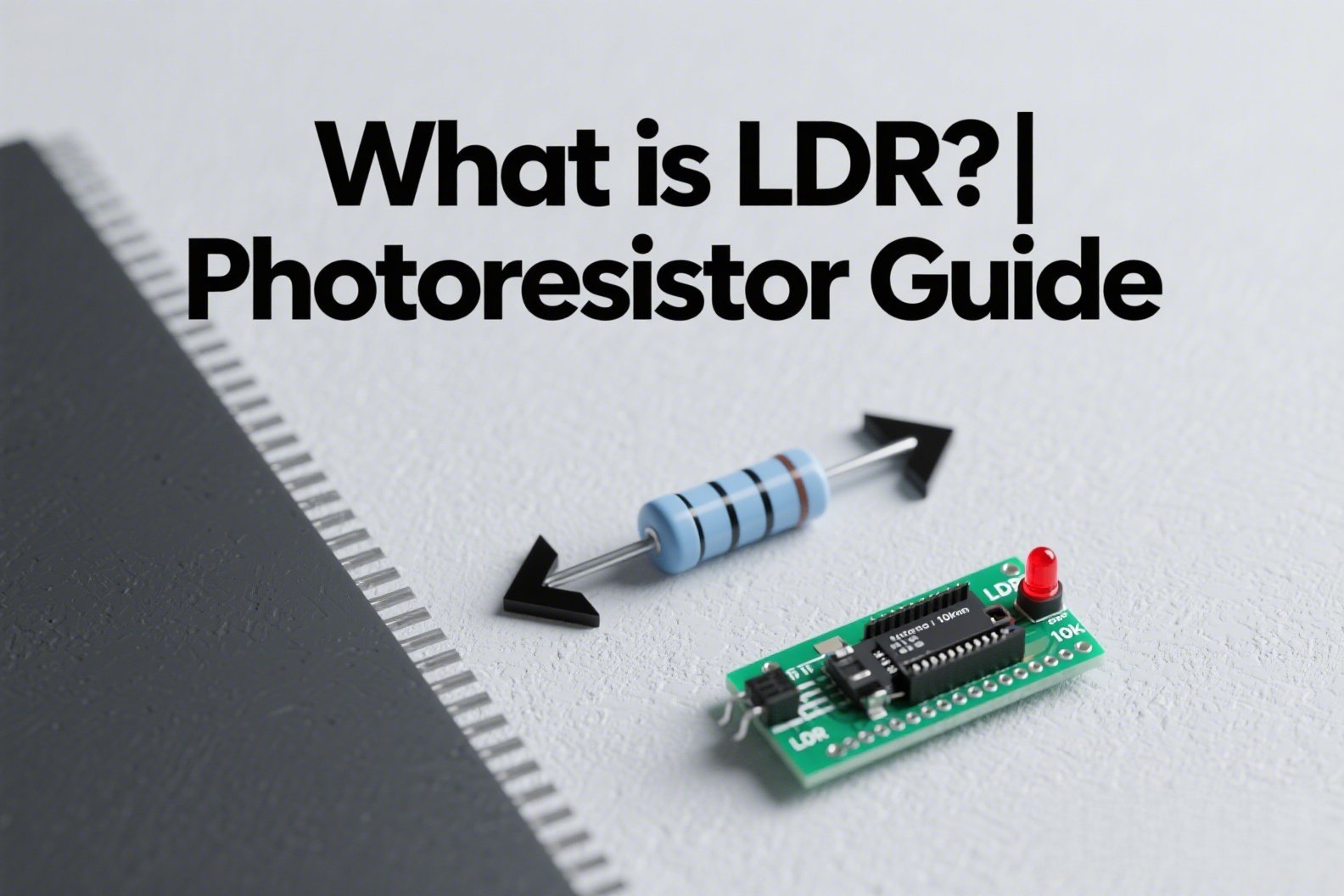The car control panel is an essential part of any vehicle, allowing us to control its functions and make sure we have a safe and comfortable ride. However, over time, the car control panel can become outdated or malfunction, leading to a less enjoyable driving experience. Fortunately, reverse engineering can help us deconstruct the car control panel to upgrade its features and improve ride quality. By understanding the internal structure and components of the car control panel, we can identify potential areas of improvement and make sure that our vehicle is running optimally. With reverse engineering, we can ensure that our car control panel is up to date and ready to provide us with a smoother, more enjoyable ride.
Types of car control panels
The car control panel monitors the driving status of the car from time to time, providing drivers with a happy journey service conveniently and safely. Common car control boards are:
- Car Refrigerator control board
- LED tail light control board
- Audio control board
- GPS positioning control board
- Tire pressure monitoring control board
- Reversing radar control board
- Electronic anti-theft device control board
- ABS controller/control system
- HID headlamp controller
Benefits of reverse engineering for car control panel
Reverse engineering offers many benefits for car control panels. It can help identify potential issues with the system, upgrade outdated features, and improve the overall ride quality. By understanding the inner workings of the car control panel, engineers can identify any potential areas of improvement and make necessary changes to optimize the system.
Reverse engineering can also help reduce the cost of car maintenance. By understanding the inner workings of the car control panel, engineers can identify any potential problems and make necessary changes before they become more costly. This can save money in the long run as well as make sure that the car control panel is running optimally.
Lastly, reverse engineering can help improve the safety of a car. By understanding the inner workings of the car control panel, engineers can identify any potential safety issues and make necessary changes to ensure that the system is running optimally. This can help reduce the risk of accidents and make sure that the car is running smoothly.
Common issues with car control panels
Several common issues can arise with car control panels. One of the most common issues is outdated or malfunctioning software. Over time, the software can become outdated or malfunction, leading to a less enjoyable driving experience. This can include a slow response time, inaccurate readings, or even a complete shutdown of the system.
Another common issue is an electrical system failure. Electrical systems can become faulty over time, leading to a decrease in performance and reliability. This can cause problems such as inaccurate or delayed readings, or even a complete shutdown of the system.
Lastly, mechanical issues can also arise with car control panels. Mechanical components can become worn or damaged, leading to a decrease in performance and reliability. This can cause problems such as inaccurate readings or a complete shutdown of the system.
Contact Us For Reverse Engineering on Your Car Control Panels
We specialize in circuit board reverse design, IC chip decryption research, and reverse engineering for automotive circuit boards. Our experienced engineers will provide you with the high-quality services you need.
How reverse engineering is used to deconstruct the car control panel
Reverse engineering is used to deconstruct the car control panel and identify any potential issues with the system. By taking apart the car control panel, engineers can gain an understanding of how the system works and identify any potential problems. This allows them to make necessary changes to the system and ensure that it is running optimally.
The process of reverse engineering involves breaking down the car control panel into its components and studying how they work together. This can include disassembling the panel and examining its internal structure and components. It also involves using specialized tools and techniques to identify any potential areas of improvement. Once the car control panel is deconstructed, engineers can identify any potential issues and make necessary changes to optimize the system.
Steps for reverse engineering a car control panel
Reverse engineering a car control panel involves a few simple steps. First, the car control panel must be disassembled to access its internal components. This can be done using specialized tools, such as screwdrivers, pliers, and wire cutters. Once the car control panel is disassembled, the internal components must be identified and examined.
Next, the car control panel must be reconnected to test its functionality. This can be done by connecting the car control panel to a power source and testing its various functions. Once the car control panel is reconnected, the engineers can identify any potential issues and make necessary changes.
Lastly, the car control panel must be reassembled to complete the process. This can be done by connecting the various components and ensuring that they are secure. Once the car control panel is reassembled, the engineers can identify any potential areas of improvement and make necessary changes to optimize the system.

Tools and techniques for reverse engineering
Reverse engineering a car control panel requires the use of specialized tools and techniques. These tools and techniques can help engineers identify potential issues with the system and make necessary changes.
One of the most common tools for reverse engineering is a specialized computer program. This program can be used to analyze the car control panel and identify any potential issues. It can also be used to make necessary changes to optimize the system.
Other tools and techniques for reverse engineering include multimeters, circuit testers, and oscilloscopes. These tools can be used to test the car control panel and identify any potential problems. They can also be used to make necessary changes to optimize the system.
How to identify areas of improvement in the car control panel?
Once the car control panel is deconstructed and tested, engineers can begin to identify potential areas of improvement. This can include anything from outdated features to faulty components.
One way to identify areas of improvement is to compare the car control panel to other similar models. By doing this, engineers can identify any potential issues and make necessary changes to optimize the system.
Another way to identify areas of improvement is to analyze the car control panel’s performance. This can be done by testing the car control panel and analyzing its performance in various scenarios. This can help identify any potential issues and make necessary changes to optimize the system.
Lastly, engineers can also use specialized tools and techniques to analyze the car control panel. This can include multimeters, circuit testers, and oscilloscopes. These tools can be used to analyze the car control panel and identify any potential issues.
How to implement the changes from reverse engineering
Once engineers have identified potential areas of improvement, they can begin to make necessary changes to optimize the system. This can include anything from updating the software to replacing faulty components.
One way to implement the changes is to update the software. This can be done by downloading the latest software version and installing it on the car control panel. This can help ensure that the system is running optimally and can provide a smoother, more enjoyable ride.
Another way to implement the changes is to replace any faulty components. This can be done by purchasing the necessary parts and replacing them in the car control panel. This can help ensure that the system is running optimally and can provide a smoother, more enjoyable ride.
Lastly, engineers can also use specialized tools and techniques to make necessary changes. This can include multimeters, circuit testers, and oscilloscopes. These tools can be used to analyze the car control panel and make necessary changes to optimize the system.
Common mistakes to avoid with reverse engineering
Reverse engineering a car control panel can be a complex process and it is important to avoid common mistakes. One of the most common mistakes is attempting to reverse engineer the car control panel without the necessary tools and techniques. This can lead to inaccurate results and can cause more harm than good.
Another common mistake is failing to identify potential areas of improvement. It is important to identify any potential issues and make necessary changes to optimize the system. Failing to do so can lead to a decrease in performance and reliability.
Lastly, it is important to avoid making unnecessary changes. While it may be tempting to make changes to optimize the system, it is important to make sure that the changes are necessary and will not cause more harm than good. Making unnecessary changes can lead to a decrease in performance and reliability.
Conclusion
Reverse engineering is a highly technical process that can be used to deconstruct a car control panel and identify potential areas of improvement. By understanding the inner workings of the car control panel, engineers can identify any potential issues and make necessary changes to optimize the system. This can help ensure that the car control panel is running optimally and can provide a smoother, more enjoyable ride. With reverse engineering, we can make sure that our car control panel is up to date and ready to provide us with a smoother, more enjoyable ride.
Related Post:






